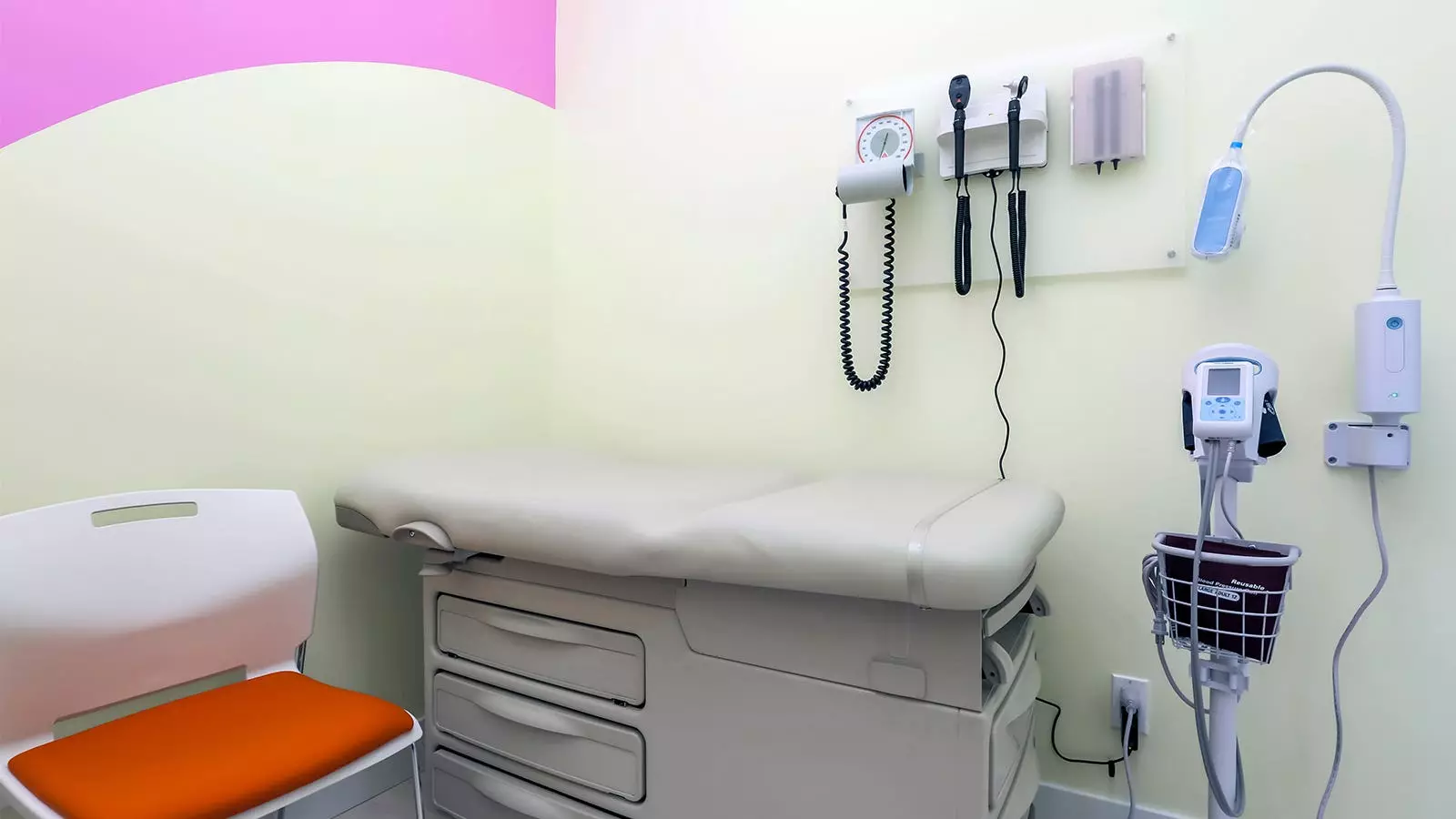In the ever-evolving realm of healthcare, the heartbeat of every examination lies not solely in the data collected, but in the intimate dialogue shared between physician and patient. This relationship is often compromised by the growing emphasis on quality measures imposed by healthcare systems and insurance companies. The imperative to tick off checklists during patient visits has led to a mechanistic approach that chafes against the very essence of healthcare. This article seeks to explore the inherent tension between clinical efficiency and the warmth of human connection, advocating for a more balanced approach that honors both facets of care.
As the healthcare landscape transforms, the introduction of quality measures has become a necessary evil for practitioners. These measures—essentially data points that evaluate the efficacy of medical services—are crucial in determining insurance reimbursement rates. In the United States, as noted by the Centers for Medicare & Medicaid Services (CMS), over 700 quality metrics have been integrated into various programs as of 2020. This proliferation of standards often amounts to a burdensome checklist for doctors, necessitating an almost robotic response to what, ideally, should be a personal and nuanced conversation.
The intent behind these metrics is noble; they aim to enhance patient safety and promote preventive care. For instance, ensuring routine vaccinations and screenings can prevent severe health conditions before they escalate. However, the insistence on rigid adherence to these measures can undermine the genuine, heartfelt conversations that are critical for building trust and addressing complex health concerns. Patients often leave the office feeling unheard, having navigated a barrage of clinical inquiries without the opportunity to voice their true worries or aspirations.
The Intrusiveness of Technology
Central to this dilemma is the electronic health record (EHR), which has become emblematic of the challenges faced by healthcare providers. While EHRs serve essential functionalities such as data storage and patient access, they can also distract physicians from engaging fully with their patients. The allure of the screen commands attention away from developing a compassionate rapport, leading many doctors to approach each visit like a transaction rather than a conversation.
This propensity to prioritize technology and metrics over relational aspects diminishes the field’s humanistic values. For instance, a simple inquiry about a patient’s well-being can unveil hidden struggles—be it mental health issues, personal challenges, or symptoms that require deeper exploration. However, the atmosphere in many examination rooms, dominated by checkboxes and screens, often stifles such dialogues, leaving patients to grapple with their concerns alone.
To move towards a more holistic model of healthcare, practitioners must advocate for an alternative approach where quality measures and compassionate patient care coexist. Quality metrics should ideally serve to enhance the physician-patient relationship rather than detract from it. This can be achieved by encouraging healthcare teams to proactively manage quality measures outside of the patient’s visit.
Practices should integrate outreach strategies—such as utilizing online portals, texting, or email—to remind patients of essential screenings and preventive care while reserving the in-person visit for substantive discussions. This approach would allow healthcare providers to engage genuinely with their patients without the incessant pressure to complete an exhaustive checklist during office visits.
Furthermore, reimbursement structures need to evolve. Rather than narrowly focusing on individual procedural metrics, insurance models should recognize the value of holistic care, encompassing attributes such as communication proficiency and clinical judgment. By implementing a yearly payment model that anticipates a patient’s overall primary care needs, healthcare providers would be free to dedicate more time to patient interactions.
Championing the Physician-Patient Relationship
Time is of the essence in medicine; it is this very element that allows the physician-patient relationship to flourish. Physicians must take the initiative to assure that their expertise and insight are not overshadowed by the demands of insurance regulations or technocentric systems. Maintaining the sacred space of the examination room—where open dialogue can thrive—requires vigilance in confronting external pressures posed by industry standards.
A paradigm shift is necessary, one where the complexities of patient care are acknowledged and integrated with an understanding of human interactions. In doing so, not only can healthcare providers maintain their integrity and passion for patient care, but they can also foster an environment where patients feel valued and understood.
The pathway to revitalizing quality in healthcare must emphasize the importance of connection alongside compliance. By balancing the demands of quality measures with a compassionate approach to patient care, practitioners can reclaim the soul of medicine, ensuring that each consultation is both clinically fruitful and deeply human.


Leave a Reply